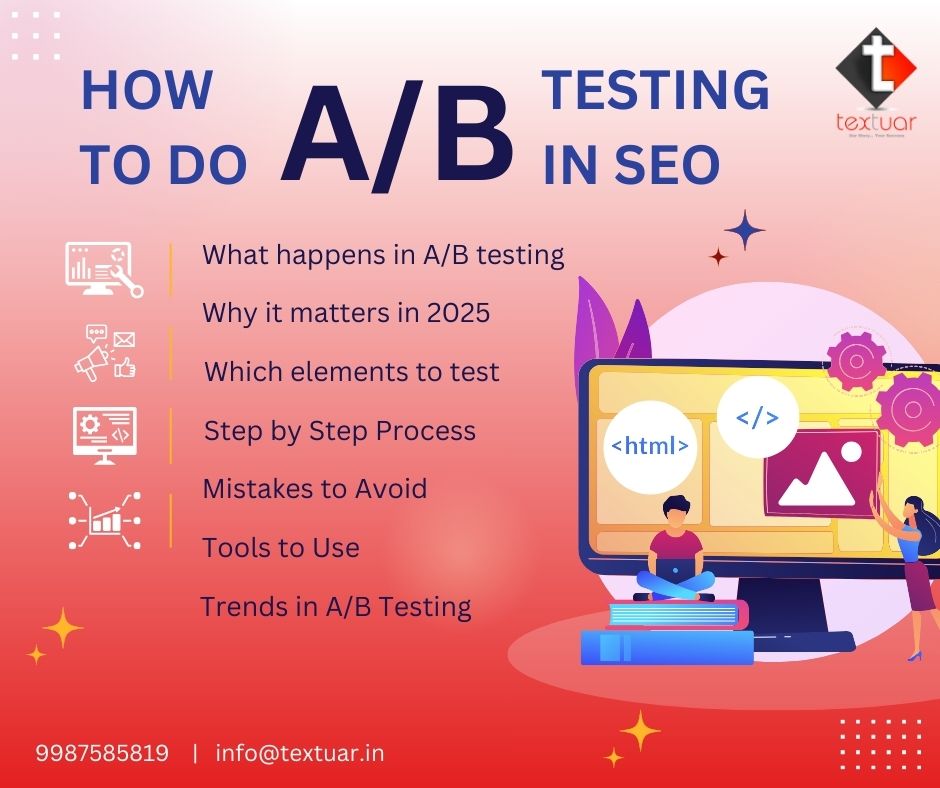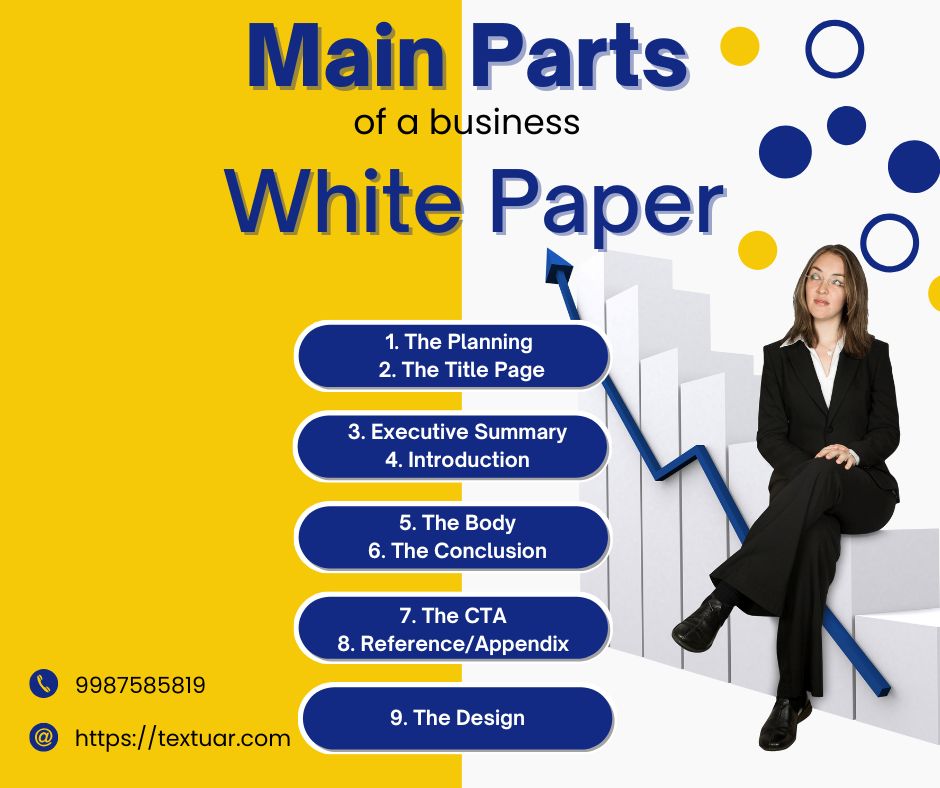The SaaS (Software as a Service) industry is growing fast, with firms offering software as a service for everything from project management to customer support. Perhaps this explains why SaaS is poised to gallop ahead from $315.68 billion in 2022 to $1131.52 billion in 2032.
The competition is tough. Companies will not succeed in the market by just having a technically good product. SaaS companies need to establish unique positions that allow them to link with their target customer base.
For this, they would need high-quality SaaS content writing and marketing to deliver impactful outcomes.
What is SaaS content writing?
SaaS content writing is a highly targeted form of creating content specifically for SaaS business owners who want to target enterprise customers. This type of value-led content creation is aimed promoting SaaS products and solutions.
Useful content that offers valuable information assists SaaS businesses in acquiring new customers. Also, it helps in maintaining audience interest and durable customer relationships.
Content like a blog post, case study, email campaign, or tutorial adds tremendous value:
– It helps educate the user
– It solves problems, and
– The content guides them toward selecting and staying with a SaaS product.
Agencies offering SaaS content writing services ensure that businesses come up with highly engaging and optimized content that suits the needs of their target clients.
SaaS brands should use strategic content writing as an effective strategy to distinguish themselves in their competitive market.
What is the Role of Content in SaaS Business Growth?
In SaaS, content has a major role in encouraging buying and retaining customer bases. SaaS products are highly complex. Quality SaaS content writing services providers help break down this complex information in a language that the target readers can understand.
This way, SaaS content writers aid companies in making sure that their offerings are clearly understood.
Content drives every step of the customer journey. At the awareness stage, blog posts, social media content, and guides introduce potential users to the product. Users decide through the help of comparison articles, case studies and product demos during the consideration stage.
Users move toward engagement at the conversion stage due to landing pages that use compelling copy. At the retention stage, users stay engaged through newsletters, how-to guides, and customer support content.
High-quality content is what builds brand authority and trust. SaaS companies that are consistent, valuable, and insightful in their content are considered authorities in their space. This will not only improve credibility but also keep customers around for longer and encourage them to recommend the product to others. Investing in a strong content strategy can help drive growth and keep a competitive edge for SaaS businesses.

How to Engage Customers with SaaS Content?
Organizations must use the following vital approaches to engage customers with their SaaS content. SaaS content writing success depends on following a thoughtful strategic approach to providing value while establishing trust with customers. Several effective strategies will help users stay interested in your SaaS brand:
1. Know Your Audience
An organization must begin its content creation process by understanding its target customers. Identify what pains customers experience, and which needs they have as well as their professional objectives.
Constructing an accurate buyer persona permits you to generate content that centers on their essential issues together with their specific concerns. Customers who feel understood develop trust and become more interactive with your brand.
2. SaaS Content Writing Needs to be Informative
SaaS products may be quite intricate, and, therefore, creating educational content will be the requirement. Blogs, whitepapers, case studies, and how-to guides explain how your software works and solves customers’ problems. Informative content labels your brand as an expert and keeps the customers engaged.
3. Optimize Content for SEO
Your content needs search engine optimization to reach broader audiences. Use appropriate keywords while building high-quality backlinks and design your content elements to match search intent patterns. Website traffic increases and potential customers multiply when your website content is optimized for SEO.
4. Use Interactive & Multimedia Content
It’s very important that the text be enhanced by adding more visuals and interactive stuff to enhance user engagement. Topics that seem really complex get simple through videos, infographics, and webinars. Live quizzes and Q&A sessions add interactive elements. They also maximize customer engagement.
5. Make Use of Data Analytics
Serving every customer differently requires methods that deviate from standardized solutions. Businesses should use data analytical techniques to gain insights about their users’ preferences and behaviors. People stay committed to service over extended periods due to personalized emails, custom recommendations, and websites that adapt based on user choices.
The above strategies enable SaaS businesses to develop high-quality content that both pulls in new clients and guides existing ones while sustaining continuous growth.
What Types of SaaS Content Drive Engagement?
The type of content you develop matters significantly since it sustains customer engagement. Different content styles within SaaS writing help users learn as well as understand and be persuaded to choose specific SaaS solutions. The following contents produce maximum engagement for SaaS businesses:
1. Articles and Blog Posts
Blogs and articles published frequently provide your readers with news about market developments, together with professional methods and product changes. You can use thought leadership content for your SaaS brand to achieve authority status in this field of operation. Through your insightful content sharing, you create trust with customers as your credibility increases.
2. Case Studies & Success Stories
People believe in real-world results. Success stories, along with case studies, provide evidence of how your SaaS application solves customer issues and reaches their objectives. Your positive outcomes enable confidence building about your product, which encourages potential customers to take action.
3. How-To Guides & Tutorials
The software as a service package typically includes complicated features and past awareness of typical users. The combination of guides and tutorials supplies detailed instructions that assist users in obtaining efficient control of your software.
This format of SaaS content writing enables better user software navigation. Thus, it leads to satisfied customers who demonstrate better retention.
4. Newsletters & Email Content
Email marketing provides businesses with a valuable approach to engaging with their target audience. New lead development happens through newsletters that report product status alongside highlighting blog content and running exclusive promotional offers.
Through this type of SaaS content writing, existing customers stay actively involved. Customized email campaigns that deliver targeted content enable organizations to reach high conversion rates.
5. Landing Pages & Product Descriptions
The most important element for achieving conversion success is an optimally designed landing page and product description. Content should be direct being both compelling and easy to understand. It should present the advantages of your SaaS product to potential customers so they can decide to purchase. CTAs with compelling strength help users navigate toward subscription and signup procedures.
These content types enable SaaS businesses to both engage their audience base and develop trust which results in business expansion.
What are the Best Practices in Content Writing for SaaS
Every SaaS enterprise needs quality content writing to find and retain its target audience. The writing for SaaS content must be straightforward and dynamic. This way, it can reach the audience and motivate them to convert. The following practices provide the best methods to use when writing for SaaS clients:
| Best Practice | Description |
| 1 – Use a Direct Writing Style | Simplify complex SaaS concepts by avoiding technical jargon and using concise sentences to enhance reader comprehension. |
| 2 – Focus on Benefits | Highlight how your SaaS product addresses customer pain points, emphasizing the value and improvements it brings to their operations. |
| 3 – Incorporate Storytelling | Utilize narratives and real-life examples to make technical information relatable and engaging, fostering a deeper connection with readers. |
| 4 – Include Impactful Calls-to-Action (CTAs) | Guide readers toward desired actions, such as signing up for a free trial, by using clear and compelling CTAs that facilitate conversion. |
| 5 – Regularly Update Content | Keep your content current with the latest industry trends and product updates to maintain relevance and authority in the SaaS market. |
Let us explore these points in greater detail:
1. Use a Direct Writing Style
Since SaaS products tend to have complex interfaces. Customers need clear explanations that keep their concepts easy to grasp. Solutions from technical jargon should be excluded when possible yet sentences must remain direct with short flows. Keeping content conversational both improves reader engagement and makes it easier to relate to
2. Direct Attention Towards Benefits
Provide an explanation about how your products address customer difficulties as an alternative to promoting individual features. The users need to understand how your software enables them to work more efficiently while saving time and streamlining operations. This will be a success factor in SaaS content writing.
Show your customers exactly how your product delivers value while demonstrating its superiority.
3. Storytelling to Relate to Readers
Stories help readers remember content and become actively interested in it. Real stories about customers and brand journeys, along with practical use examples, build emotional engagement with viewers. Technical data transforms into accessible content through expertly written stories.
4. Place Impactful CTAs (Call-to-Actions)
Every content element must direct readers toward specific activities. These may include
-free trial signups
-scheduling demos, and
-additional article reading.
You need to establish direct and motivating calls to action. They are likely to activate potential customers to perform actions that guide them along the sales pipeline.
5. Consistently Update Content to Stay Relevant
The SaaS industry evolves too rapidly which requires fresh content to be added frequently. The latest industry trends and product information with customer requirements need to be included in online and landing page content. Content updates deliver credibility together with improved SEO results.
A SaaS business that implements these best practices will create educational content that attracts customers while driving business expansion.

Conclusion
The SaaS market demands compelling content that delivers valuable information to keep customers engaged and loyal. Through SaaS content writing, businesses meet their audience with useful information that people can understand easily while offering solutions. High-quality content enables trust-building and user experience improvement which results in conversion growth.
Professional content writing services for SaaS would make a huge difference in content effect. Experienced SaaS writers like Textuar know how to structure content that reaches the target audiences. Contact us today to know more about our competencies in this niche.
SaaS Content Writing FAQs
Q – What points help SaaS content writing?
The SaaS writing company must be compliant with the best practices of SEO and satisfy the business purpose. Good content strategy builds engagement, authority of a brand, and loyalty among customers.
Q – How does SaaS content contribute to business growth?
Quality SaaS content educates users. It helps simplify complex product features and addresses customer pain points. As a result, it leads to increased trust and credibility. Specialist content writers align content with the buyer’s journey from awareness to retention. This way, it drives conversions and enhances customer engagement. Furthermore, it supports revenue growth through improved acquisition and retention rates.
Q – What types of content are effective in engaging SaaS customers?
High-impact content types include informative blog posts and in-depth case studies. Writers may also develop how-to guides and tutorials to provide educational value. Also, newsletters and compelling landing pages help improve outreach. These formats educate users. Also, they help showcase real-world success stories and provide actionable insights. This way, SaaS content writing keeps customers informed about updates, all of which enhance engagement and trust in the SaaS product.
Q – What are best practices for SaaS content writing to boost engagement?
Best practices include understanding the target audience and using a clear and direct writing style. Also, writers will focus on the benefits of the product and incorporate storytelling to connect with readers. Placing impactful calls-to-action (CTAs) and consistently updating content to stay relevant are other tactics used by the best SaaS content writing experts. These strategies ensure the content resonates with readers and encourages desired actions.










